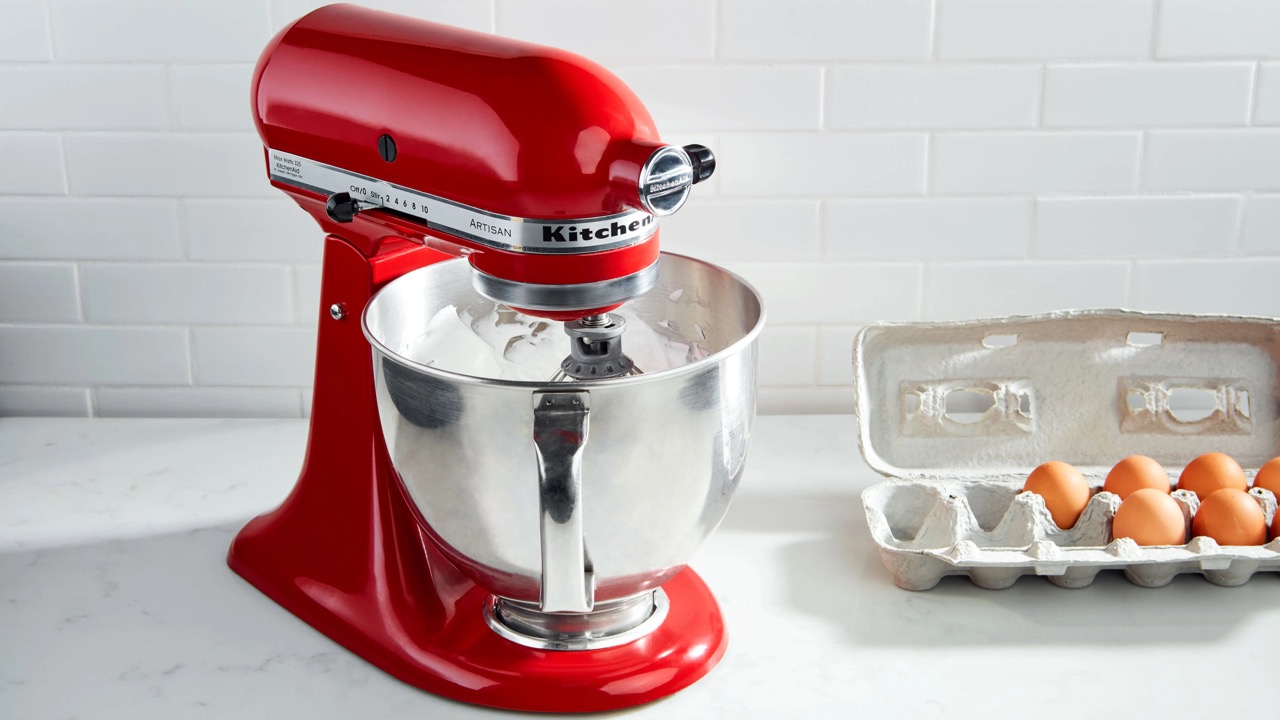

Articles
How Much Flour Can A Kitchenaid Mixer Handle
Modified: January 7, 2024
Find out how much flour a Kitchenaid mixer can handle in this informative article. Discover the capacity and limitations of these popular kitchen appliances.
(Many of the links in this article redirect to a specific reviewed product. Your purchase of these products through affiliate links helps to generate commission for Storables.com, at no extra cost. Learn more)
Introduction
KitchenAid mixers are renowned for their versatility and power, making them a favorite among professional bakers and home cooks alike. With their robust construction and a range of attachments, KitchenAid mixers can handle a wide variety of kitchen tasks, from whipping up fluffy meringues to kneading bread dough.
One crucial question that often arises when using a KitchenAid mixer is how much flour it can handle. Understanding the flour capacity of your mixer is essential to ensure optimal performance and prevent overloading the machine. In this article, we will delve into the factors that affect the flour capacity of KitchenAid mixers and provide tips for maximizing their capabilities.
So, if you’ve ever wondered how much flour a KitchenAid mixer can handle, keep reading to find out the answer.
Key Takeaways:
- Maximize your KitchenAid mixer’s flour capacity by considering bowl size, mixing method, and proper techniques. Understand how different types of flour impact performance for consistent baking results.
- Follow recommended flour capacities for your KitchenAid mixer model to prevent overloading and achieve optimal performance. Measure accurately, start with smaller batches, and maintain your mixer for satisfying baking experiences.
Read more: How Much Is A Kitchenaid Mixer
Understanding the Capacity of KitchenAid Mixers
When it comes to understanding the capacity of a KitchenAid mixer, it’s not just about the volume of flour it can hold. There are a few key factors that determine its flour capacity:
- Bowl Size: The size of the mixing bowl plays a significant role in determining the flour capacity. KitchenAid mixers typically come with bowls ranging from 4.5 to 7 quarts in size. Larger bowls have a higher flour capacity, allowing you to mix larger batches of dough or batter.
- Mixer Power: The power of the motor affects how effectively the mixer can handle heavier loads. Higher power models can handle denser dough with ease and are better suited for large-scale baking endeavors.
- Mixing Method: The mixing method you employ also impacts the mixer’s flour capacity. Different attachments, such as the paddle, whisk, or dough hook, have varying capacities when it comes to incorporating flour.
It’s important to remember that the flour capacity indicated by the manufacturer is a general guideline and may vary based on these factors. To determine the maximum flour capacity of your specific KitchenAid mixer, it’s best to refer to the instruction manual or consult the manufacturer’s website.
Additionally, it’s crucial to consider the mixer’s overall weight capacity. While the mixer may have a high flour capacity, exceeding its weight limit can strain the motor and affect its performance.
Next, let’s explore the factors that can affect the flour capacity of a KitchenAid mixer in more detail.
Factors Affecting Flour Capacity
Several factors can affect the flour capacity of a KitchenAid mixer. Understanding these factors will help you maximize the performance of your mixer and ensure optimal results:
- Dough Consistency: The consistency of the dough significantly affects the flour capacity. Liquid-heavy or sticky dough requires more space in the bowl, reducing the amount of flour the mixer can handle. It’s essential to adjust the recipe or use smaller batches to accommodate these types of dough.
- Mixing Speed: The speed at which you mix the ingredients can impact the flour capacity. Mixing at high speeds can cause the ingredients to rise and potentially overflow the bowl. It’s advisable to mix at a moderate speed and gradually increase if necessary.
- Proper Technique: The way you add flour to the mixer can affect its capacity. Adding flour gradually in smaller portions allows for better incorporation and prevents overloading the mixer. It’s best to follow recipe instructions and add flour a little at a time, ensuring thorough mixing before adding more.
- Attachment Selection: Using the appropriate attachment is crucial for maximizing flour capacity. Different attachments have varying capacities for handling flour. The dough hook, for example, is designed to handle higher volumes of flour and is ideal for kneading bread dough. Be sure to select the right attachment for the task at hand.
- Bowl Scraping: Regularly scraping down the sides of the bowl during mixing helps ensure even distribution of ingredients and prevents excess flour buildup. This practice allows you to maximize the flour capacity and achieve better results.
By taking these factors into consideration and implementing proper techniques, you can maximize the flour capacity of your KitchenAid mixer and achieve consistent and reliable results each time you bake.
Now that we have explored the factors affecting flour capacity, let’s move on to understanding how different types of flour can impact your mixer’s performance.
Handling Different Types of Flour
Knowing how your KitchenAid mixer handles different types of flour is crucial for achieving the desired results in your baking endeavors. Here’s a breakdown of some common types of flour and how they can impact your mixer:
- All-Purpose Flour: All-purpose flour is a versatile option commonly used in baking. It has an average protein content, making it suitable for a wide range of recipes. KitchenAid mixers can handle all-purpose flour with ease and can efficiently incorporate it into various doughs and batters.
- Bread Flour: Bread flour has a higher protein content than all-purpose flour, resulting in stronger gluten development. KitchenAid mixers, especially those with larger bowls and more powerful motors, are well-suited for handling bread flour. They can knead it thoroughly, producing excellent results in bread recipes.
- Whole Wheat Flour: Whole wheat flour contains the bran and germ, making it denser and higher in fiber compared to all-purpose flour. It can be more challenging to incorporate into dough due to its heavier texture. KitchenAid mixers with higher power and larger capacity can handle whole wheat flour more efficiently.
- Gluten-Free Flour: Gluten-free flours, such as almond flour or rice flour, have different textures and properties compared to traditional wheat flours. These flours may require specific mixing techniques and additional ingredients to achieve the desired texture and consistency. It’s essential to follow gluten-free recipes specifically designed for these flours when using them with your KitchenAid mixer.
It’s important to note that the type of flour you use should be compatible with the mixer’s capacity and power. Heavier or denser flours may require smaller batches or longer mixing times to ensure thorough incorporation.
Remember to always refer to the manufacturer’s guidelines and your recipe instructions when determining the appropriate flour capacity and mixing techniques for different types of flour.
Now that we’ve covered how to handle various types of flour, let’s move on to some tips for maximizing the flour capacity of your KitchenAid mixer.
When using a KitchenAid mixer, it is recommended to not exceed the maximum capacity of 14 cups of flour for the 6-quart model and 16 cups for the 7 or 8-quart models to ensure optimal performance and avoid overloading the motor.
Tips for Maximizing Flour Capacity
To make the most out of your KitchenAid mixer’s flour capacity, consider the following tips:
- Measure accurately: Use proper measuring techniques to ensure the correct amount of flour. Inaccurate measurements can lead to imbalances in the dough consistency and affect the mixer’s capacity.
- Start with smaller batches: If you’re unsure of your mixer’s flour capacity, it’s best to start with smaller batches and gradually increase as you become more accustomed to its capabilities.
- Adjust the recipe: If a recipe calls for a large amount of flour, consider dividing it into separate batches to avoid overloading the mixer. Mixing smaller amounts at a time ensures better incorporation and consistent results.
- Knead with care: When kneading dough, monitor the mixer’s performance and ensure it’s not struggling. If you notice strain on the motor or excessive heat, it’s a sign to reduce the batch size or consider a more powerful model.
- Scrape the bowl: Regularly scrape down the sides of the mixing bowl during mixing to ensure even mixing and prevent excess flour from accumulating at the edges.
- Allow for resting time: Some doughs benefit from resting time, allowing the flour to hydrate fully. This step can improve the overall texture and make it easier for the mixer to handle the dough.
- Clean and maintain your mixer: Regularly clean and maintain your KitchenAid mixer to ensure optimal performance. This includes checking for any debris or flour buildup that could hinder the mixer’s capacity.
By following these tips, you can maximize the flour capacity of your KitchenAid mixer and achieve consistent and satisfactory results in your baking endeavors.
Lastly, let’s explore the recommended flour capacity for different models of KitchenAid mixers.
Read more: How Much Does A Kitchenaid Mixer Weigh
Recommended Flour Capacity for Different KitchenAid Mixer Models
While the specific flour capacity may vary slightly between different KitchenAid mixer models, here are some general guidelines to help you determine the recommended flour capacity for the most popular models:
- KitchenAid Artisan Series (4.5 Quart Bowl): This model can typically handle up to 8 cups (around 2 pounds or 907 grams) of all-purpose flour or 6 cups (around 1.5 pounds or 680 grams) of bread flour. It is ideal for home bakers who frequently make smaller batches of dough or batter.
- KitchenAid Professional 600 Series (6 Quart Bowl): With its larger capacity, this model can handle up to 14 cups (around 3.5 pounds or 1.59 kilograms) of all-purpose flour or 10 cups (around 2.5 pounds or 1.13 kilograms) of bread flour. It is suitable for baking enthusiasts who often work with larger batches.
- KitchenAid Commercial Series (8 Quart Bowl): Designed for professional use, this model can handle up to 16 cups (around 4 pounds or 1.81 kilograms) of all-purpose flour or 12 cups (around 3 pounds or 1.36 kilograms) of bread flour. It is ideal for commercial kitchens or avid bakers who require high-capacity mixing.
It’s important to note that the recommended flour capacities mentioned here are general guidelines and may vary depending on several factors, including the dough consistency and mixing speed. Additionally, different attachments may have varying capacities for handling flour.
Always refer to the instruction manual or the manufacturer’s website for the specific flour capacity recommendations for your KitchenAid mixer model. Following these recommendations will help you achieve optimal performance and prevent overloading the mixer.
Now that we’ve covered the recommended flour capacities for different KitchenAid mixer models, let’s conclude.
Conclusion
Understanding the flour capacity of your KitchenAid mixer is crucial for achieving the best results in your baking endeavors. By considering factors such as bowl size, mixer power, mixing method, and proper techniques, you can maximize its flour capacity and ensure optimal performance.
Handling different types of flour requires adjusting techniques and batch sizes to accommodate their unique properties. All-purpose flour, bread flour, whole wheat flour, and gluten-free flour each have specific characteristics that may impact your mixer’s performance.
To maximize the flour capacity of your KitchenAid mixer, follow these tips: measure accurately, start with smaller batches, adjust the recipe as needed, knead with care, scrape the bowl, allow for resting time, and maintain your mixer properly.
While the recommended flour capacity may vary between KitchenAid mixer models, models like the Artisan Series, Professional 600 Series, and Commercial Series have specific guidelines for all-purpose and bread flour capacities.
Remember to consult your mixer’s instruction manual or the manufacturer’s website for precise flour capacity recommendations. Following these guidelines will help you achieve consistent and satisfactory results in your baking projects.
Now that you have a better understanding of the flour capacity of KitchenAid mixers and how to optimize it, you can confidently whip up delicious creations using your trusted appliance. So go ahead, unleash your culinary creativity, and enjoy the magic of baking with your KitchenAid mixer!
Frequently Asked Questions about How Much Flour Can A Kitchenaid Mixer Handle
Was this page helpful?
At Storables.com, we guarantee accurate and reliable information. Our content, validated by Expert Board Contributors, is crafted following stringent Editorial Policies. We're committed to providing you with well-researched, expert-backed insights for all your informational needs.
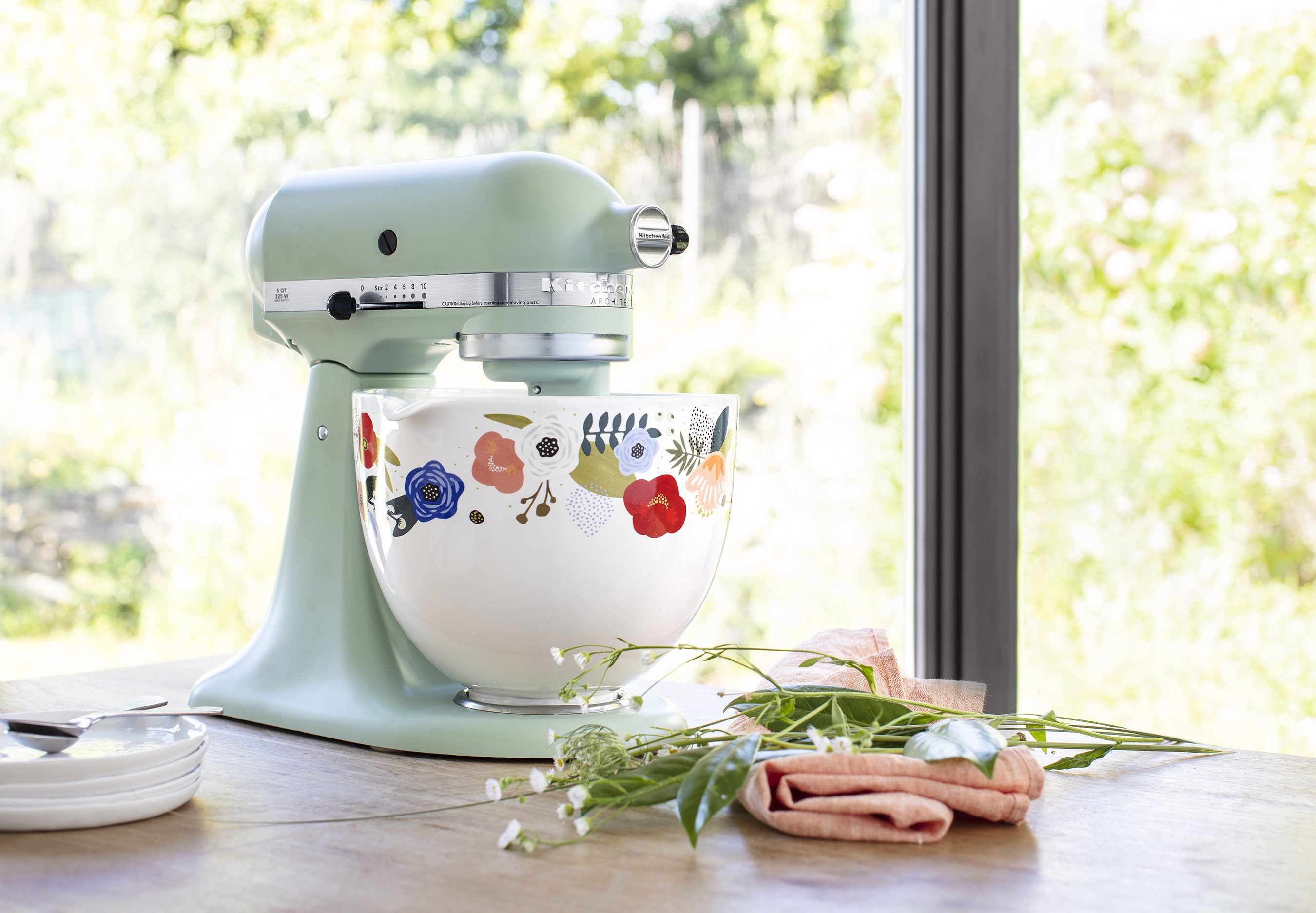
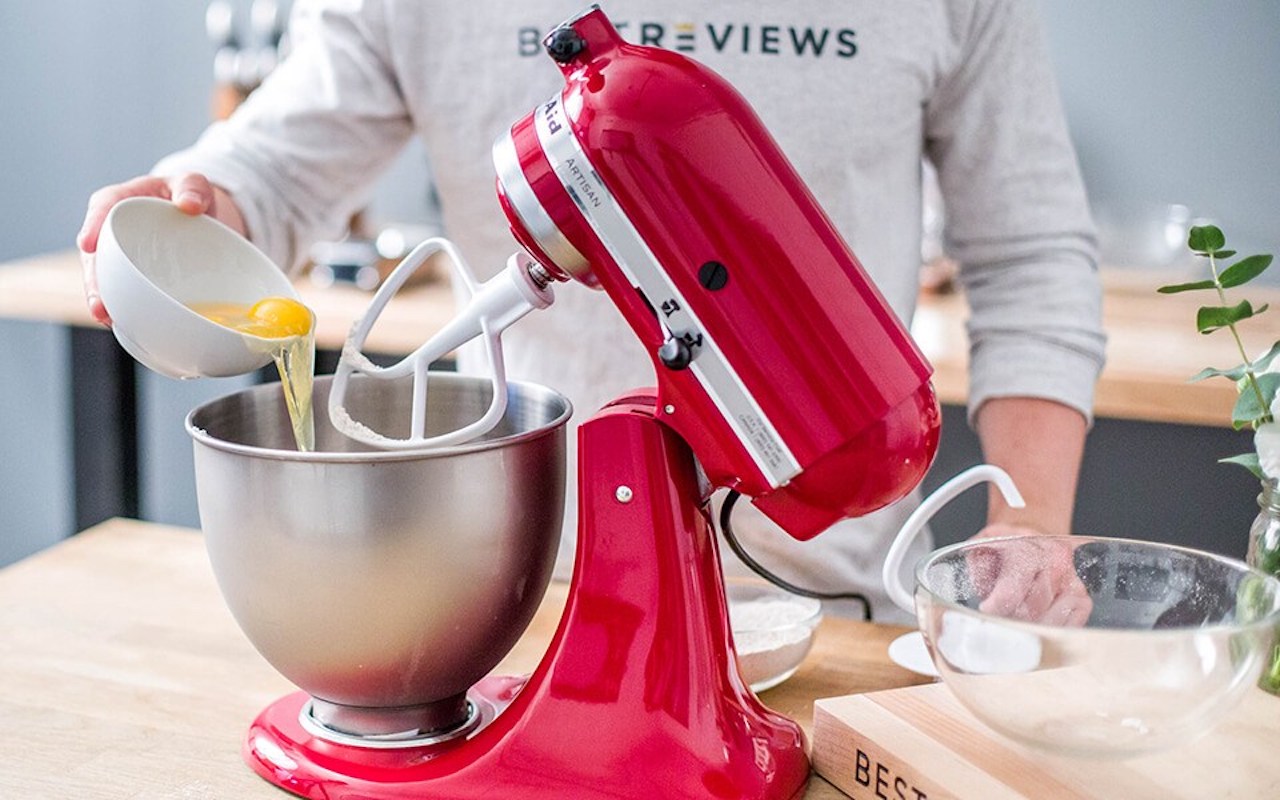
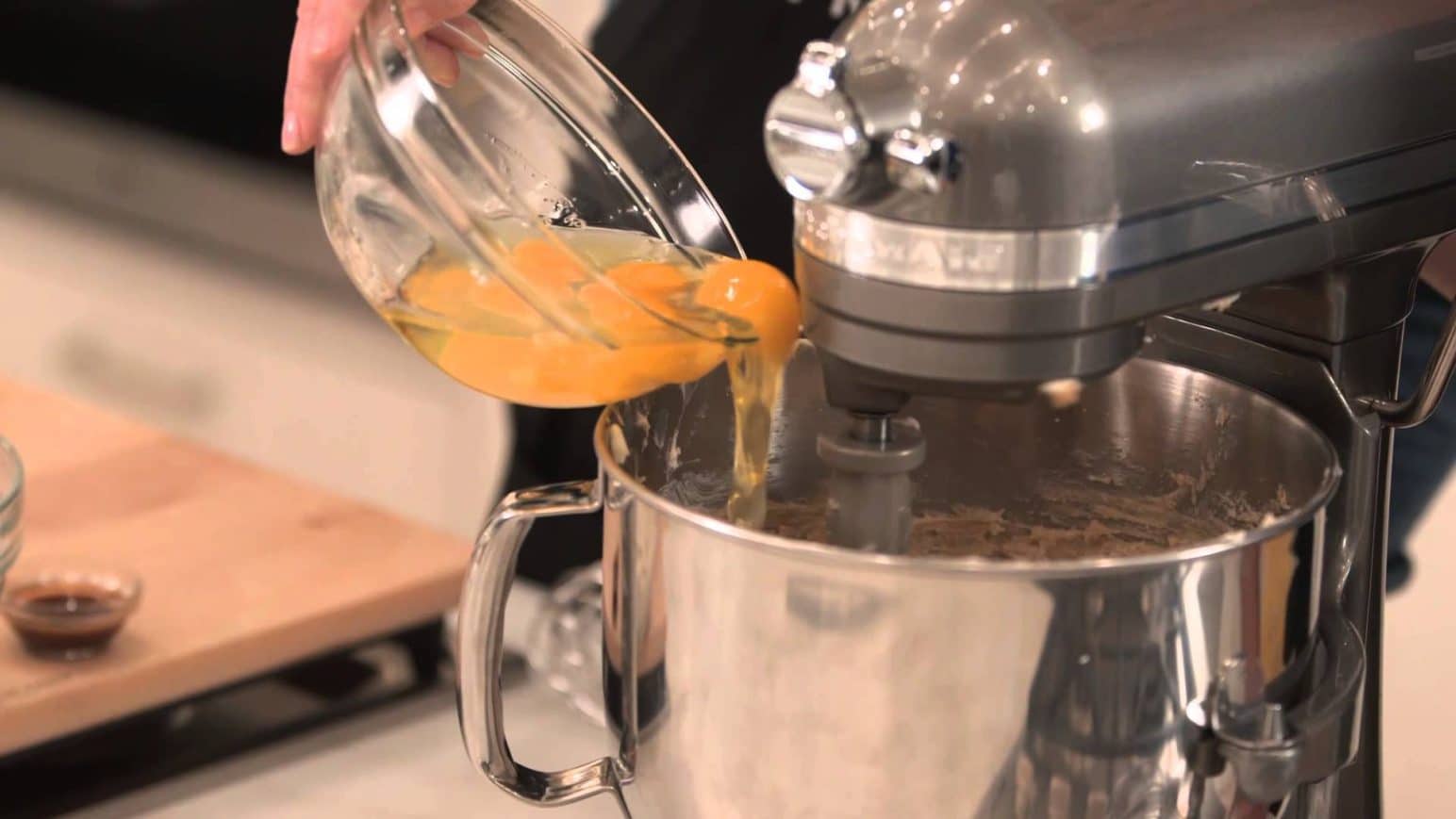
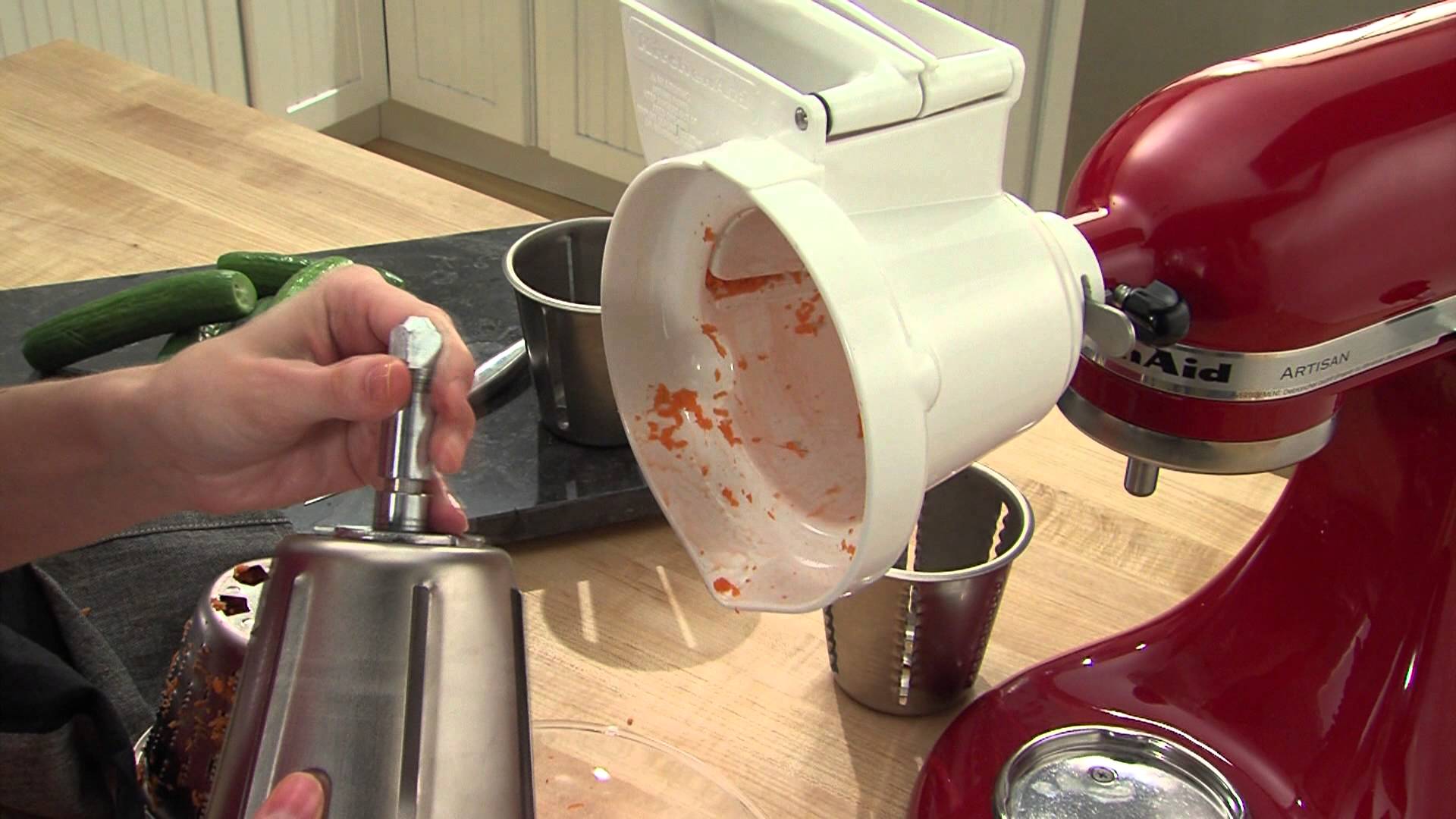
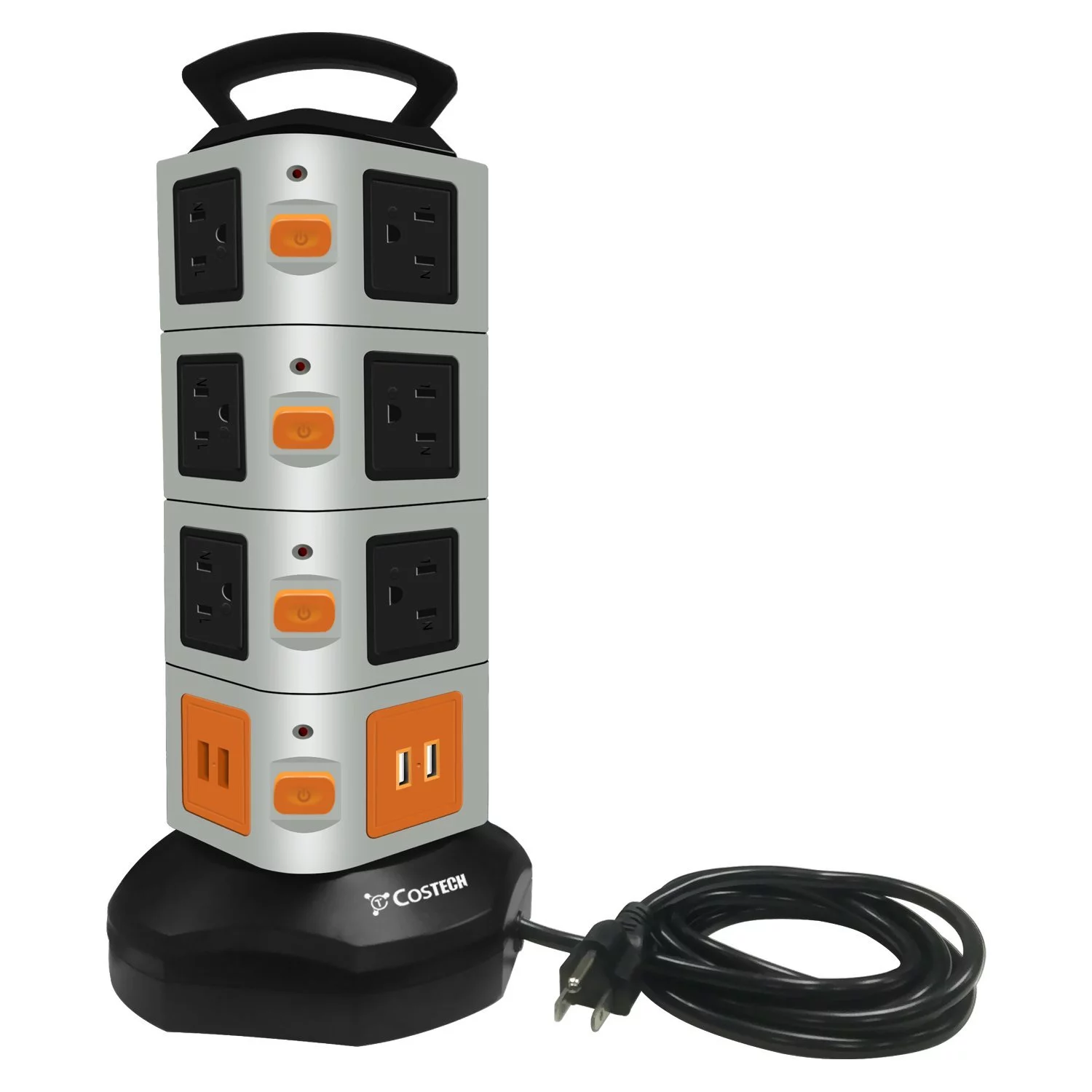
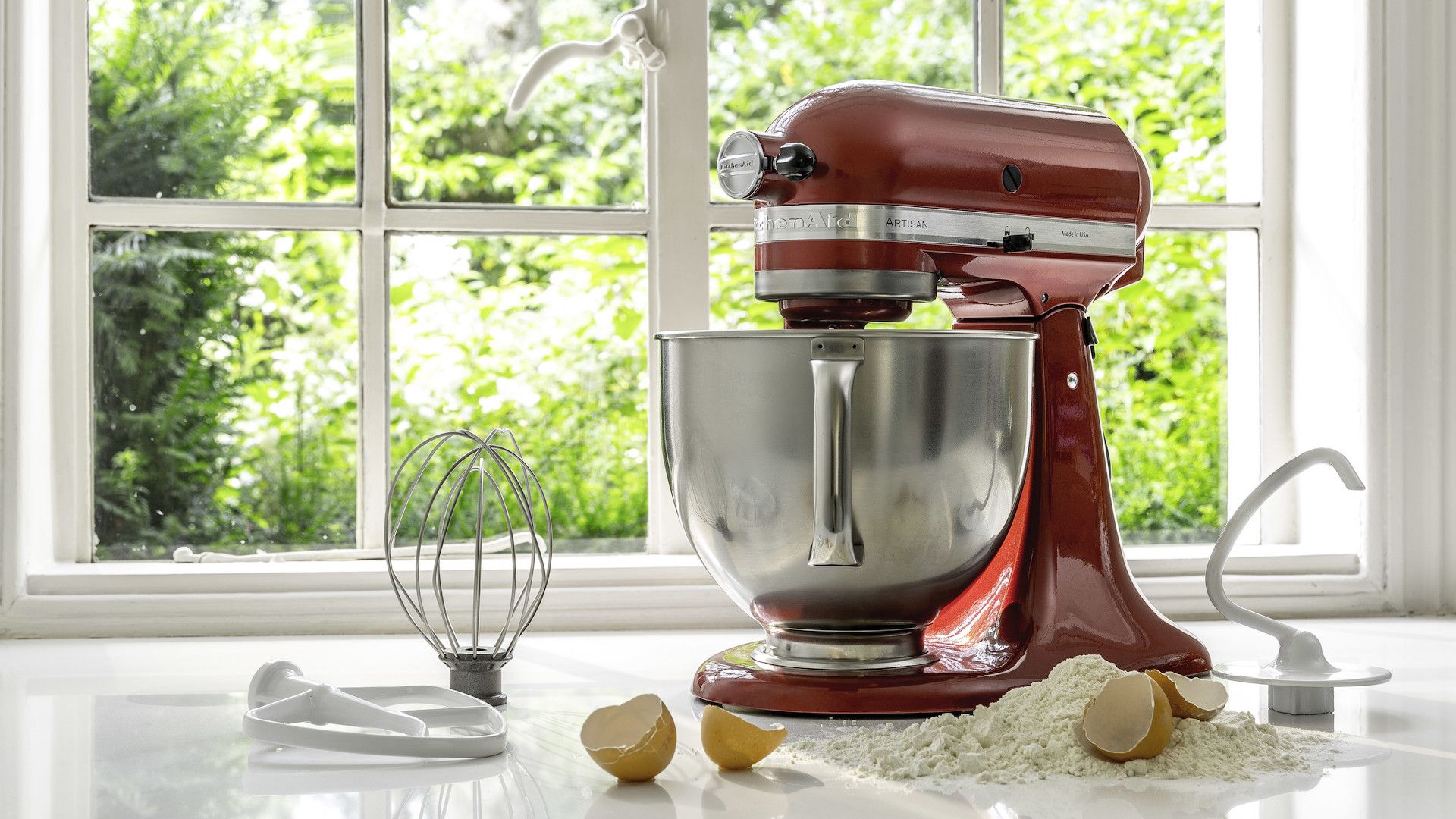
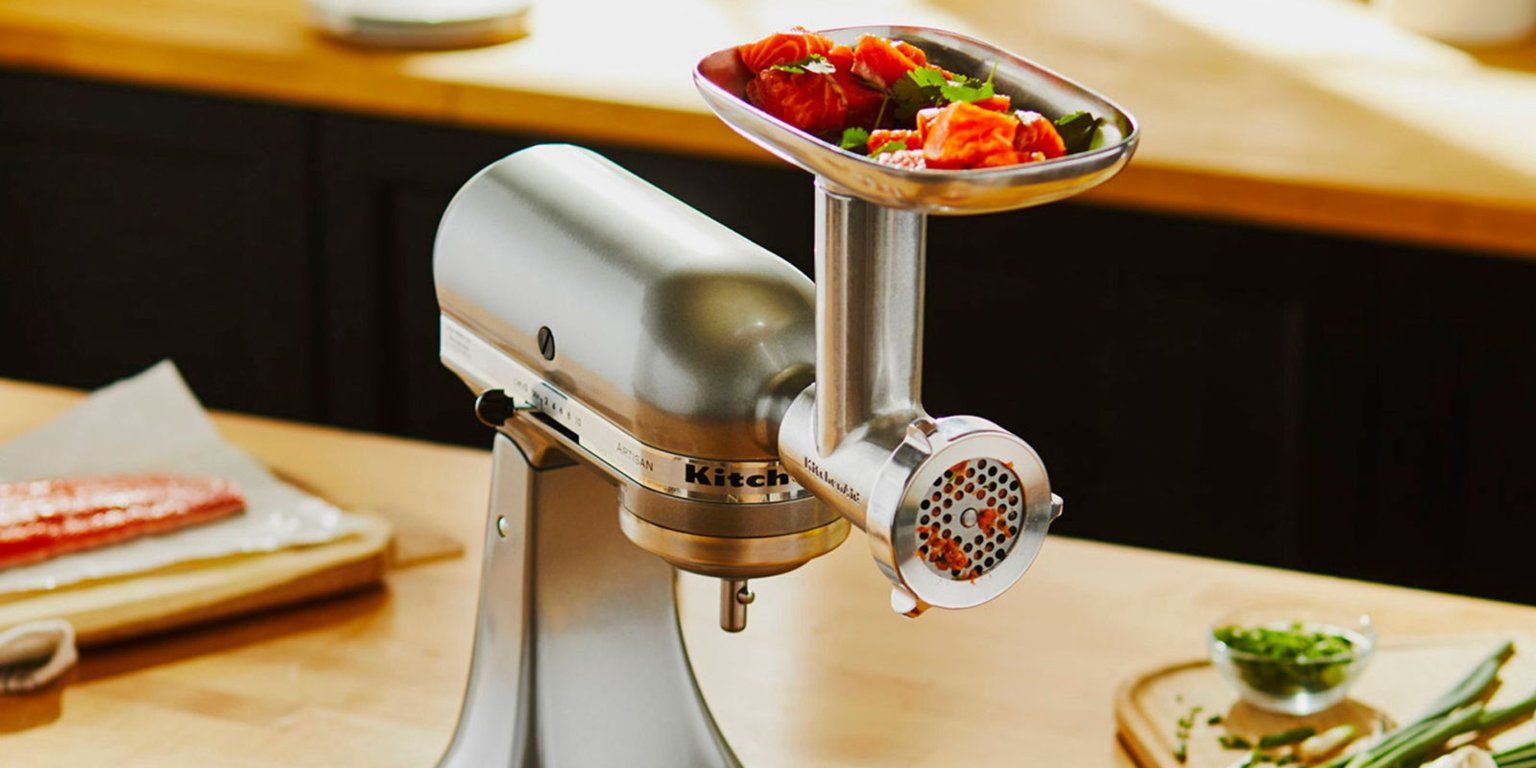
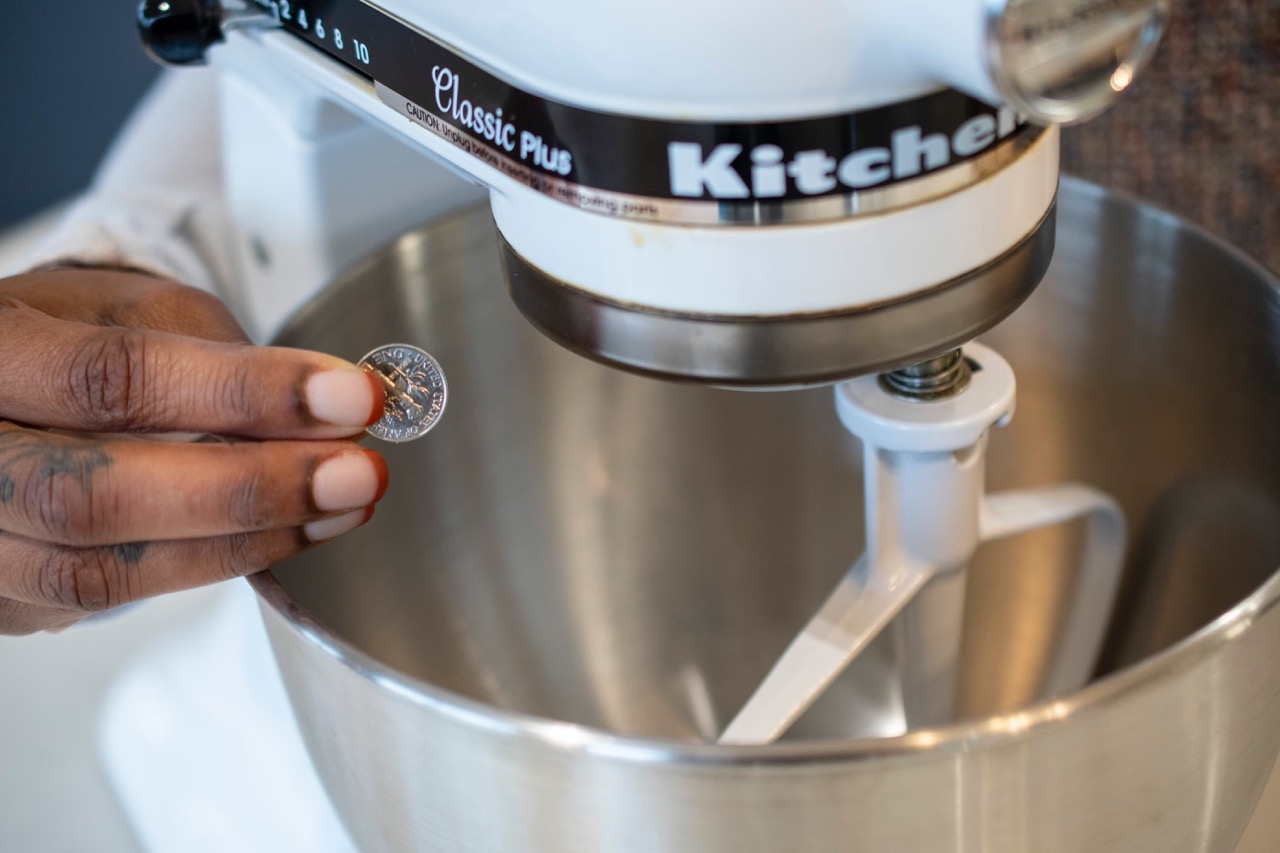
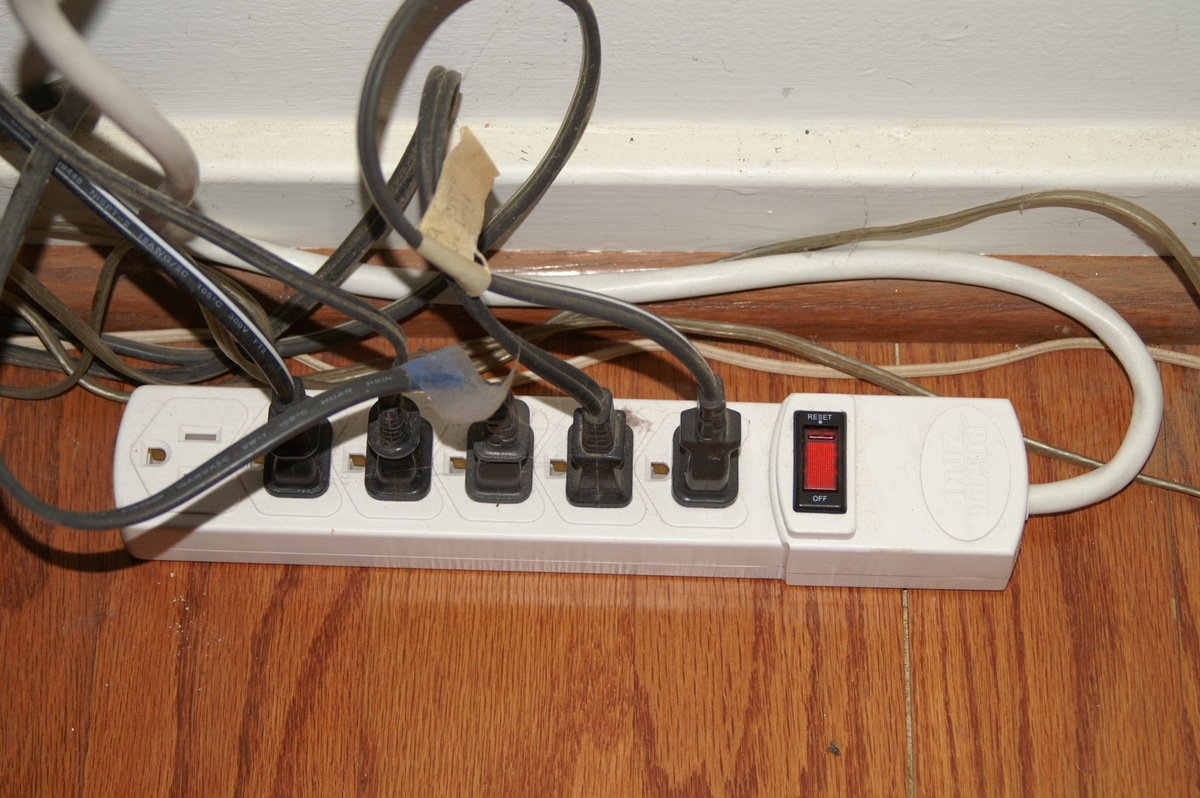
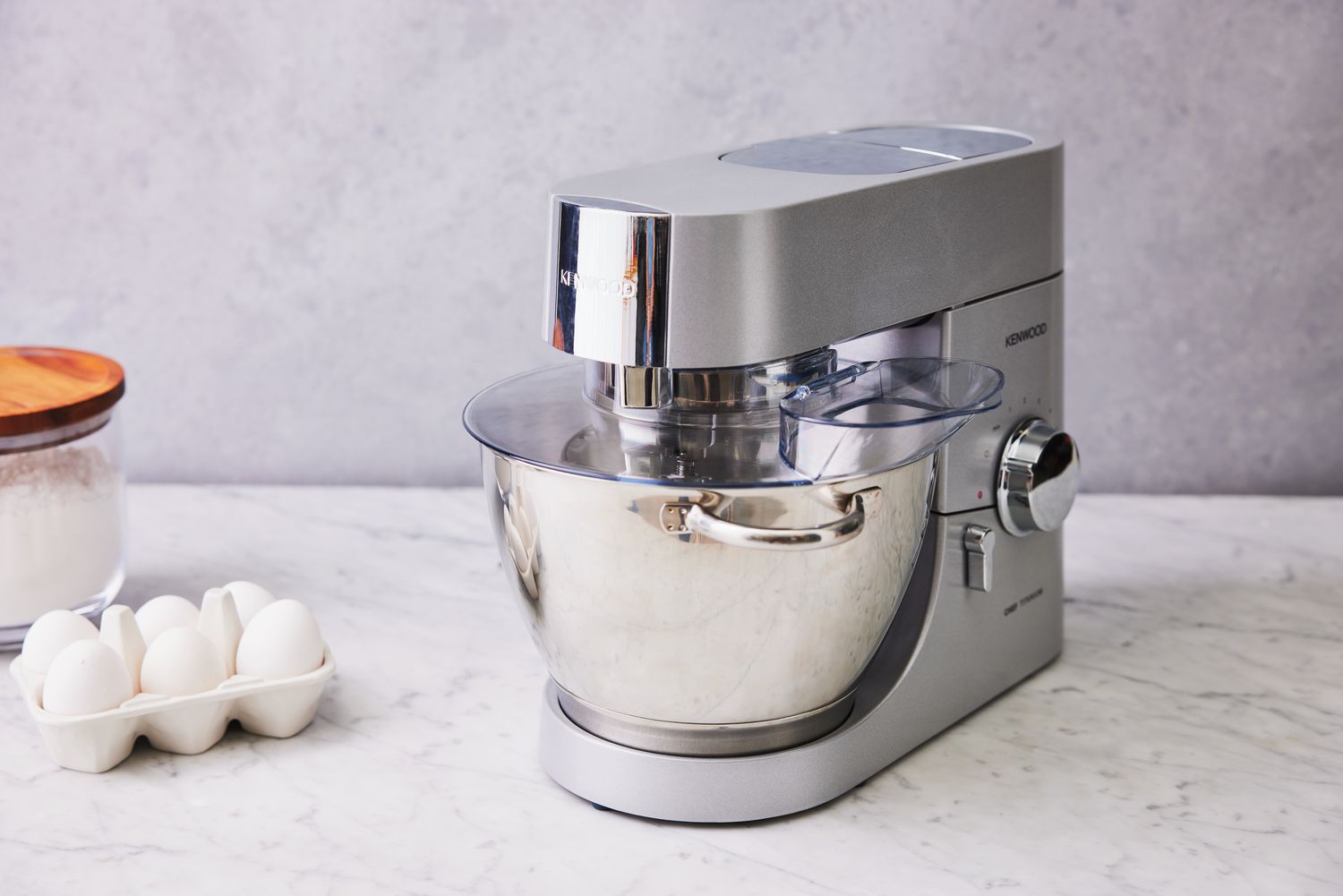
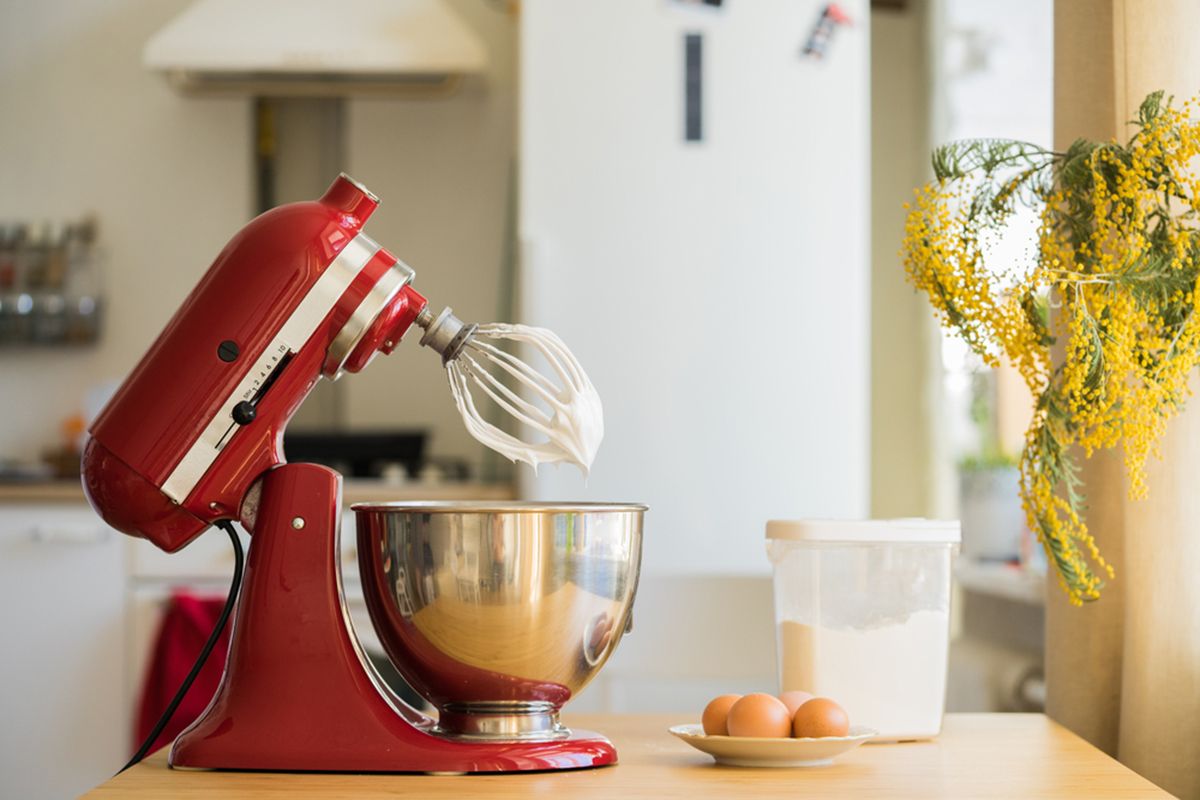
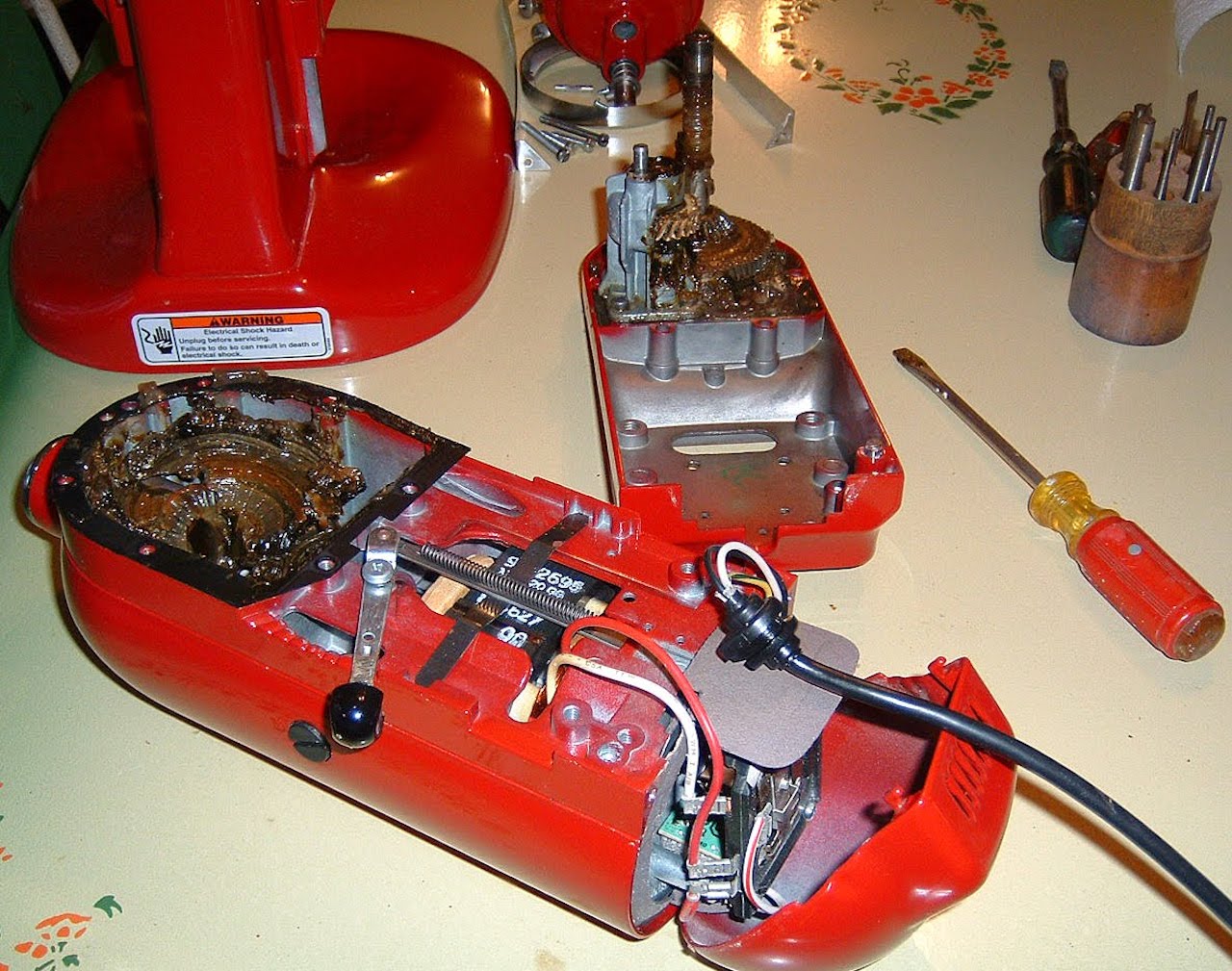
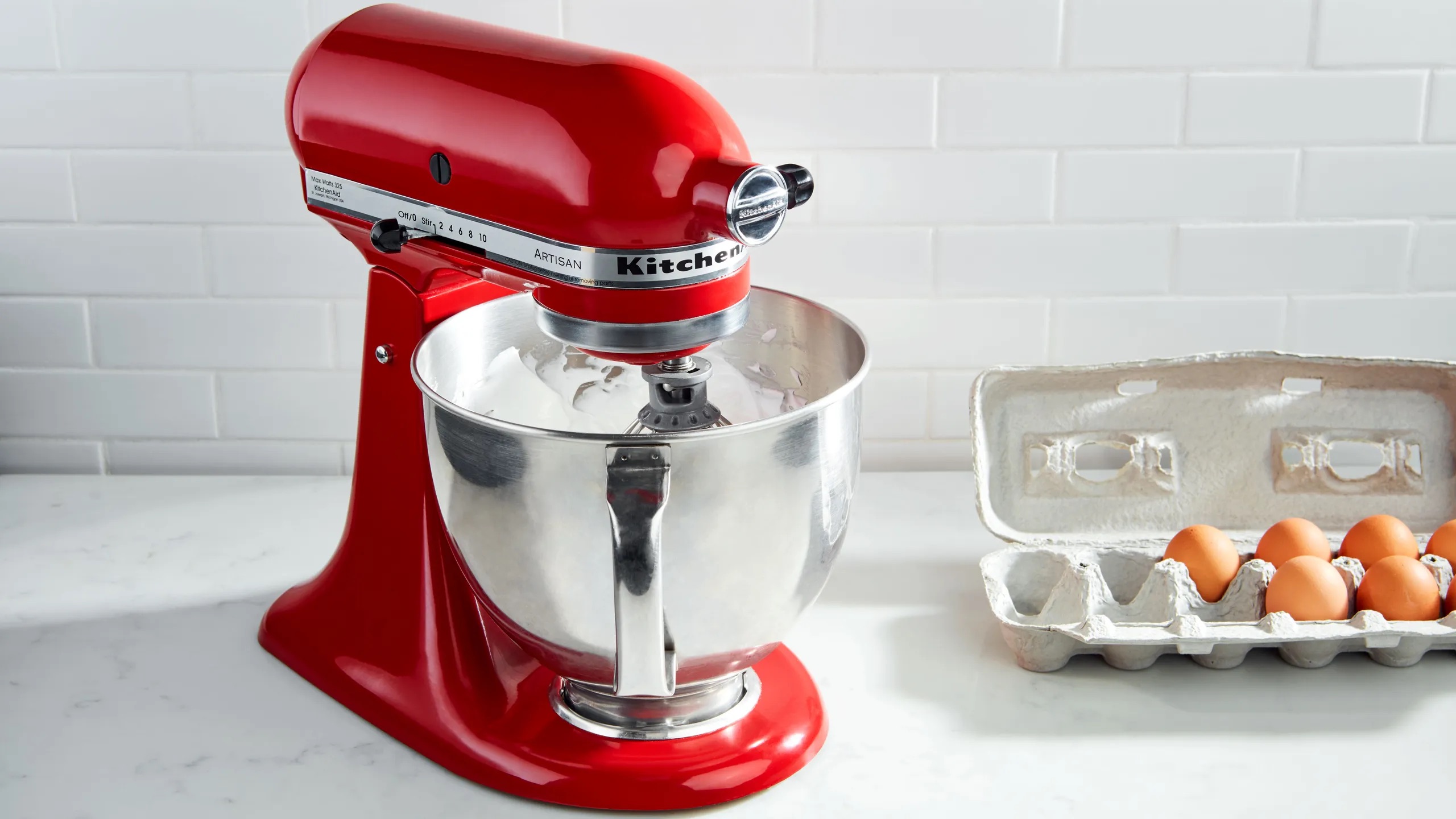
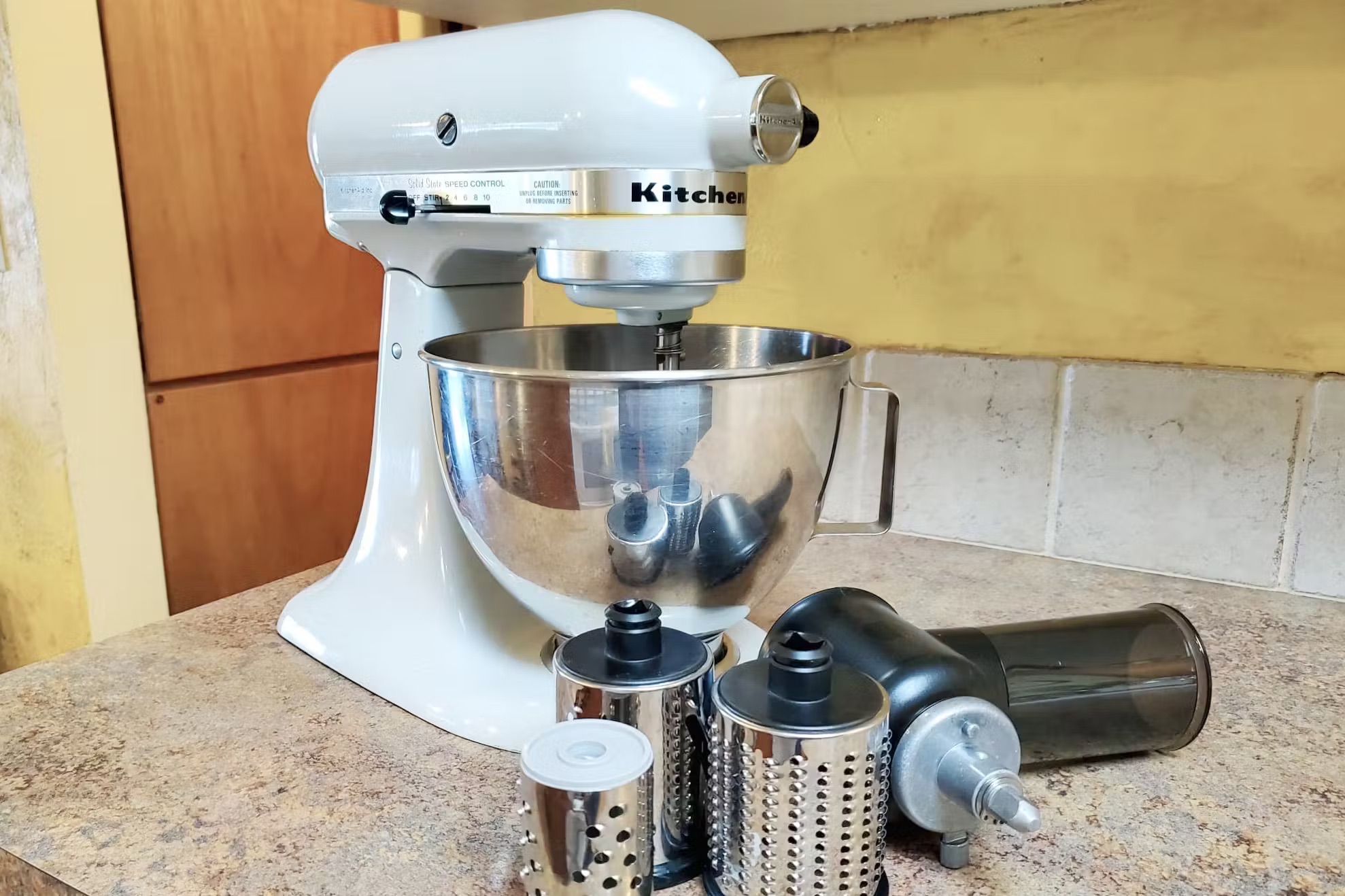

0 thoughts on “How Much Flour Can A Kitchenaid Mixer Handle”